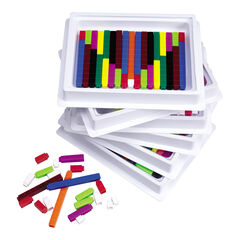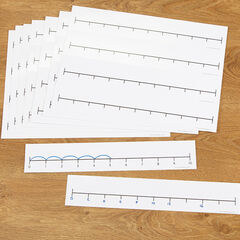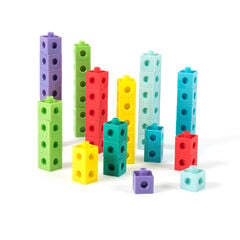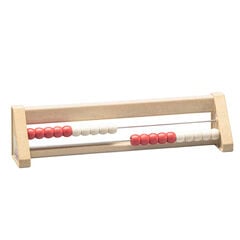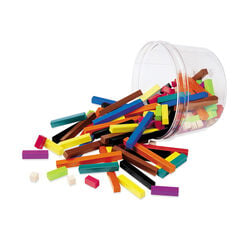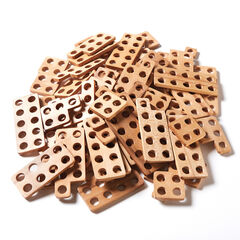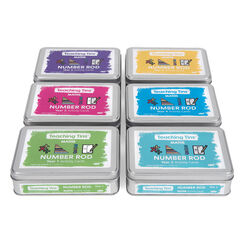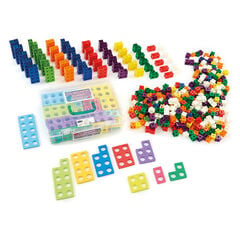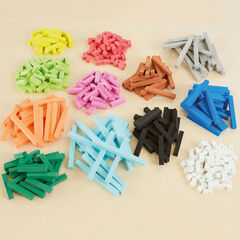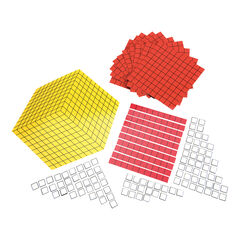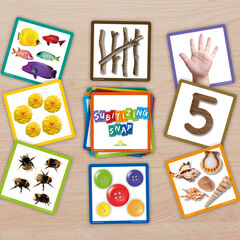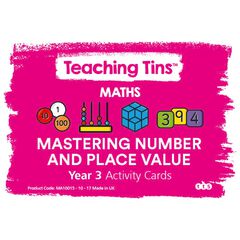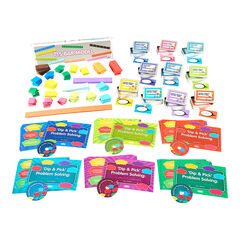Dyscalculia affects between 5-10% of the population, so it is very likely that there will be at least one child in every class who has this condition.
Strategies that can be used to help children with Dyscalculia
Concrete Materials
Young children are used to having cubes and beads to help support their mathematical understanding but it is important that these are not taken away too soon. Cuisennaire rods, base ten and Dienes are very useful and the wider the variety of materials that you can use the better as this will help the child to generalise mathematical concepts.
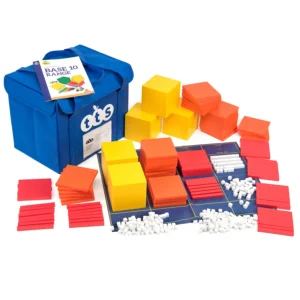 Games
Games
Dice and board games should be played as often as possible with as much mathematical language as possible between you and the child whilst playing these games. Playing with dice will help the child to recognise the dot patterns and will encourage them to move on from counting in ones. Puzzles and problem solving activities can also be very motivational and valuable in developing mathematical understanding.
Number lines, tracks and number tracks
Using number track, and number lines will help the child to visualise the number system. It also provides a bridge between concrete materials and abstract symbols. It is a good idea to encourage the child to visualise the mathematical concepts in their head with images of cubes or cuisennaire rods or anything that helps them to model and remember the mathematical concepts.

Talk, talk and talk some more! (Oracy in Maths)
Make your maths sessions noisy! Explain maths terms carefully, they can be very confusing as many words have more than one meaning for example ‘table’ and ‘product’. Ask the child to explain the terms back to you and to use the correct mathematical language. Give them the experience of the different terms for the same concept and interchange them so that the child becomes familiar with the different words used to describe the same concept.
Keep it real
Be careful not to make the maths too abstract too soon, as this is where many children give up on maths. Only record maths in symbols once you are sure that the child understands the underlying concepts fully. Try to avoid rote learning of facts; it is better to understand than to just remember. Be systematic and break each problem down into small steps, make sure that the child is secure with each step and revisit frequently to reinforce.
Make a mathematical resource box/bag
Make a resource box for the child, with resources that can be added to as the child progresses.
Some examples of items to include in the box could be:
- Whiteboard, pen and eraser
- Ruler
- Number bond resources
- Arrow cards for place value
- Cuisennaire rods
- Digit cards
- Dot cards
- Number lines
- Number tracks
- Laminated number squares
Make it fun! – Maths can be very stressful so try to take the anxiety out of it by making it fun and letting the child know that it is ok to make mistakes- that is after all how we all learn.
View our range of Dyscalculia & Maths Support resources here.
With thanks to Judy Hornigold, an expert in maths learning difficulties, for writing this article.
Classroom strategies for supporting children with poor memory



 Games
Games 



